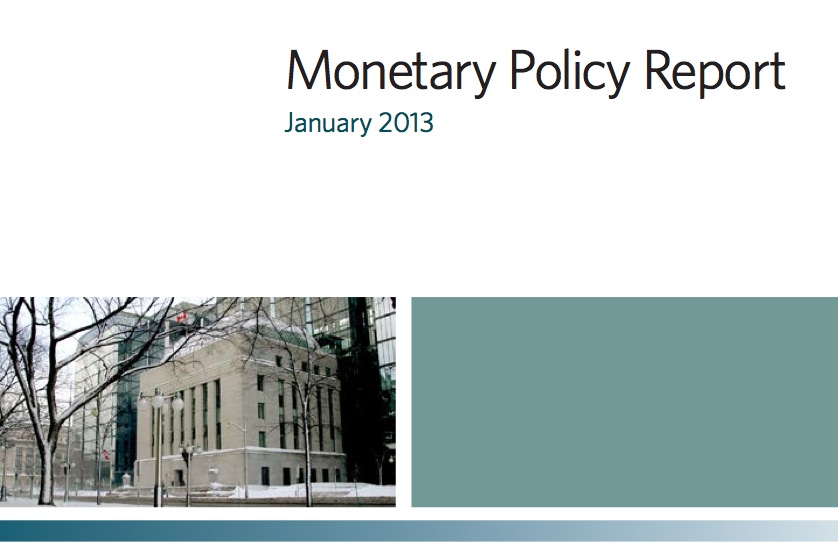Change the conversation, support rabble.ca today.
The Bank of Canada released their January 2013 Monetary Policy Report. Of note, the Bank downgraded its growth expectation for 2013 to 2.0 per cent from 2.3 per cent, and expects the Canadian economy will not reach full potential until late 2014.
Several key points in the January MPR reinforce what progressive economists have been saying about the Canadian labour market.
Since 2010, more than 27 per cent of part-time workers have been “involuntary part-timers.” That means that they are underemployed, working part-time but wanting full-time employment. This graph shows that there has been very little improvement on that front.
Wage increases have been moderate since the recession, and the Bank expects that this will continue to be the case through 2013.
The Bank’s latest Business Outlook Survey also indicates that there is slack in the Canadian labour market, with a historically low proportion of firms reporting labour shortages (Chart 6) or pressures on production capacity (Chart 5).
Yesterday, Statistics Canada released the latest job vacancy numbers — there were 5.0 unemployed persons in Canada for every job vacancy in October. This varies significantly by province, with Alberta and Saskatchewan being much lower than the national average at 1.7 unemployed persons per job vacancy, and Quebec (6.2) and Ontario (7.1) higher than the national average.
All this is to say, the evidence shows that there remains considerable slack in the Canadian labour market. If anyone in Ottawa was surprised by public backlash, anger, and fear around changes to Employment Insurance, they shouldn’t have been. Many parts of Canada are still suffering the effects of the recession, and see no relief on the horizon. The government’s response to continued labour market weakness has been to penalize frequent claimants and restrict access to EI, a serious breach of trust for Canadians who need a helping hand in hard times.




